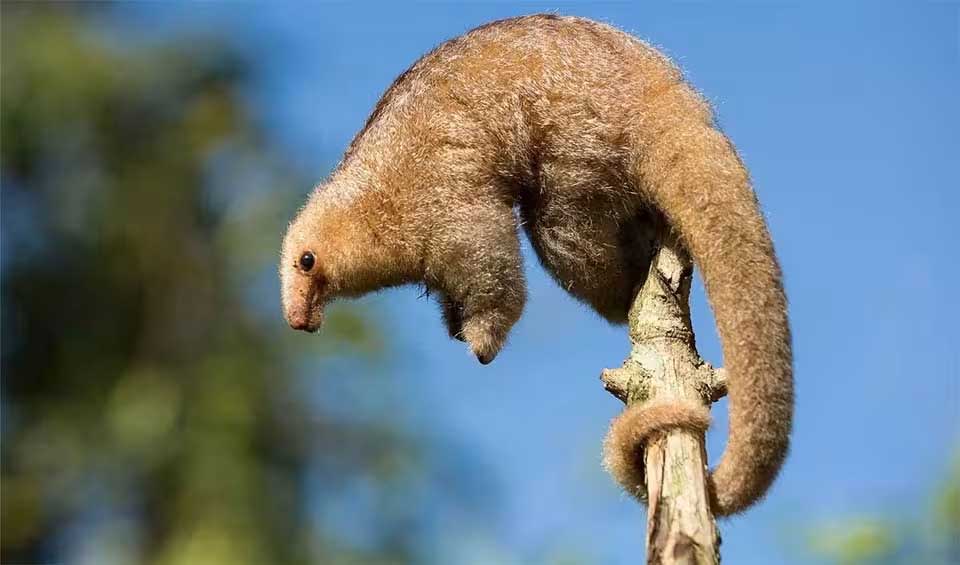Pilosa – Anteaters
Along with the sloths, these native Americans are symbols of harmony and a lot of body hair!
Anteaters, those enigmatic creatures of the Americas, are marvels of evolutionary adaptation. Belonging to the order Pilosa, they share this classification with their slow-moving arboreal cousins, the sloths. Despite their presence across a broad geographic expanse, from the lush rainforests of South America to the dry scrublands of the north, anteaters have evolved a specialized set of traits that distinguish them from other mammals.
One of the most remarkable characteristics of these animals is their limited ability to thermoregulate. Unlike many mammals that can internally maintain a consistent body temperature, anteaters and sloths rely heavily on external environmental conditions to regulate their body heat. This physiological trait means that anteaters have one of the lowest body temperatures among placental mammals, a feature that necessitates a life lived at a slower pace and often close to the ground where the sun can’t reach.
Anteaters are characterized by their elongated snouts and small mouths, which house an impressively long, sticky tongue—essential for their insectivorous diet. They feast primarily on ants and termites, extracting their prey from nests with precision and speed. This unique feeding mechanism allows anteaters to consume thousands of insects daily without destroying the nests, demonstrating a fine balance between predator and prey dynamics.
The vision of anteaters is not their strong suit; indeed, it is rather poor. However, in the grand tapestry of nature, deficits in one area are often counterbalanced by enhancements in another. Anteaters’ sense of smell is extraordinarily acute, allowing them to detect food sources and navigate their environment with a sensory precision that rivals the visual acuity of other species.
Their low reproductive rate—giving birth to only one offspring at a time—means that anteater populations are particularly vulnerable to these threats. Conservation efforts are essential to ensure the survival of these unique creatures.
Families in this order
Also known as pygmy anteaters, they are the smallest and most adorable of their insect-eating kind
When it comes to sloths, there are degrees of slothfulness, and three-toed sloths are the most slothful (SLOW) of all!
Anteaters have no teeth, but when you’ve got a 60 cm (2 ft) long tongue, eating should never be a problem!
Technically, these should be called two-fingered sloths as they still have three toes but only two fingers on hands
The extinct family of South America elephant-size ground sloths






